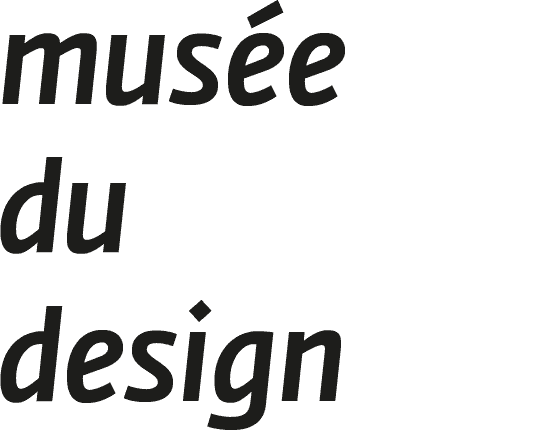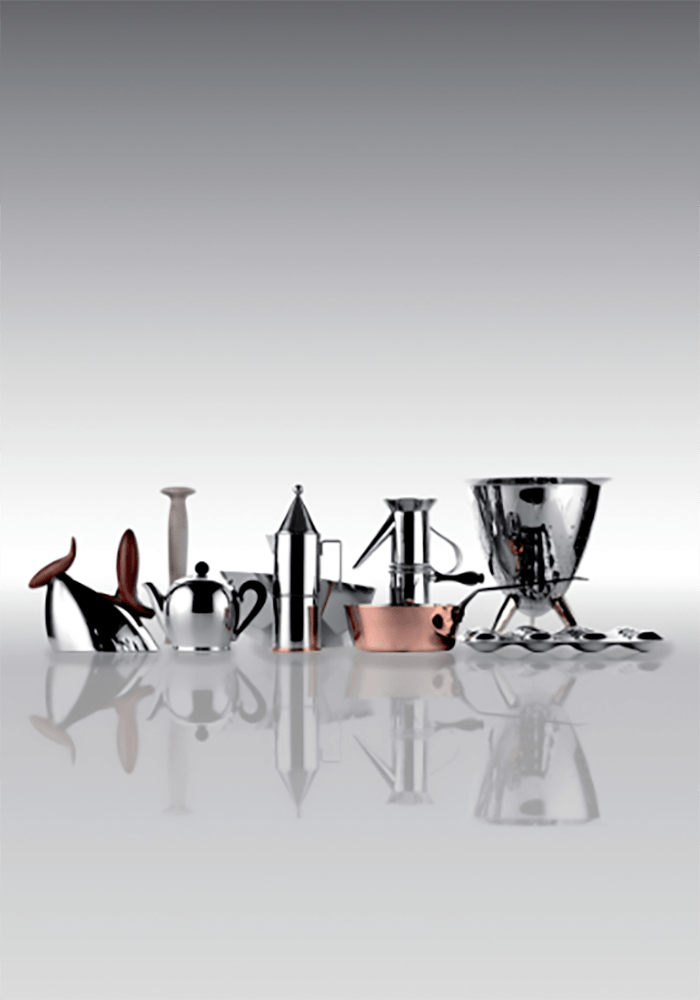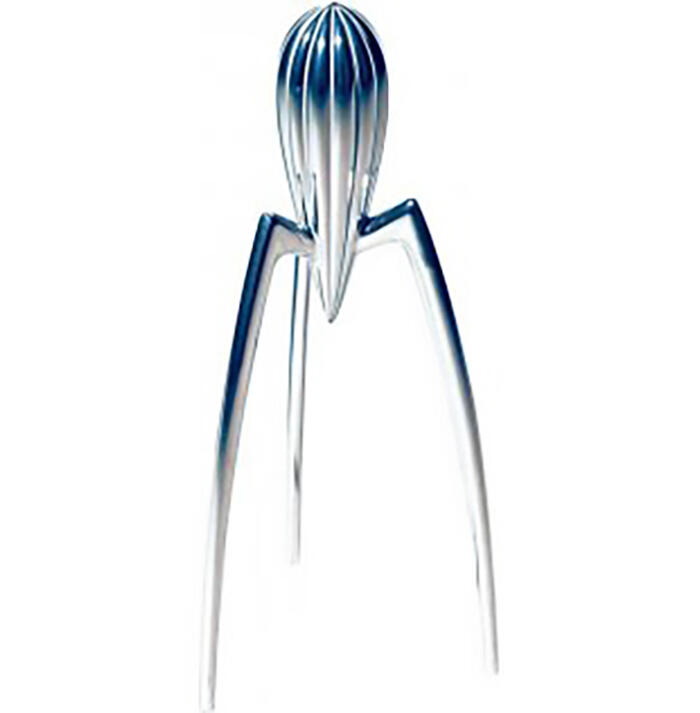Utiles et ustensiles
Alessi au musée des Arts décoratifs de Bordeaux
Presentation of the generous donation of pieces made by the company Alessi to the Museum of Decorative Arts of Bordeaux.
Alessi is a family saga. The company is founded in 1921 by Giovanni, the current leader’s grandfather, Alberto Alessi, branded FAO (Fratelli Alessi Omegna). Initially, it is a "Workshop for brass plates and nickel, with foundry." Under the influence of Carlo, son of Giovanni and industrial draftsman, design penetrates this harsh and traditional activity. Ettore, his brother, begins in 1955 a collaboration with external designers, giving rise to objects often for hotels. In 1970, Alberto joins the family adventure. Then the greatest masters of radical design enter the Alessi home, starting with Ettore Sottsass. Thereby, the company has been transformed, it became, in the 1980s, one of the most beautiful factories of Italian design.
Its strength is to be able to make coexist requirements of mass production with creative and cultural ambition. Beyond the use and ergonomic functions, the Alessi products cause, indeed, curiosity, fun, and seduction. We desire them for their poetic charge or their aesthetic, we buy them to meet the desire of emotion. For instance, we love to hear the melody that produces Richard Sapper’s kettle, which enchants the kitchen space, as we take pleasure in seeing the Juicy Salif, Philippe Starck’s famous citrus-squeezer, throning on a shelf, even if no one uses it.
Only few business adventures have known success through the relationship between designers and company. Without wanting to have an image of luxury business, the Italian company has managed to give its products a cultural value, rooted in experimentation and renewal around the uses related to meals, their preparation, their sharing.
At Alessi’s, the designer appears as a source of wealth and innovation. It is a major actor in the product definition. A role and an investment that French companies do not give too easily to design.
That is why it is so important to the Museum of Decorative Arts of Bordeaux to bring these items in its collections. There are 150 table and kitchen utensils, from the beautiful service Program 8, of Franco Sargiani and Eija Helander (1975) to the Bouroullec brothers Ovale service (2010), through Ettore Sottsass’s cutlery service (1987) and Jasper Morrison’s (2004), Richard Sapper’s (1982), Michael Graves’s (1985) and Andrea Branzi’s kettles (1988), Richard Sapper’s (1979), Aldo Rossi’s (1984 and 1988) and Ricardo Dalisi’s coffee makers (1987), Pauline Deltour’s (2010) and Pierre Charpin’s fruit baskets (2013), and the Alessi 1952 model, a pioneer in this series, Mazzeri and Massoni’s (1957) and Ettore Sottsass’s coolers (1979). This ensemble of pieces, creations from the most important designers of the twentieth and twenty-first centuries, enriches the future collections of the table’s art and design gallery that the museum is putting together. Crossing geographical origins and brewing a wide chronological range from the seventeenth century to contemporary time, this future presentation will allow to examine habits and behaviors related to preparing and eating meals, an interesting point of view to observe and reveal cultural developments and innovations.
This donation will be presented to the DRAC Aquitaine donations and acquisitions committee on September 6th, 2013.
Opening: Thursday 12 September 2013
Practical information: Opening hours, prices, guided tour
#madd_bordeaux
Curator of the exhibition
Constance Rubini, director of the musée des Arts décoratifs et du Design
Thank you :
Les Amis du musée des Arts décoratifs et du Design







